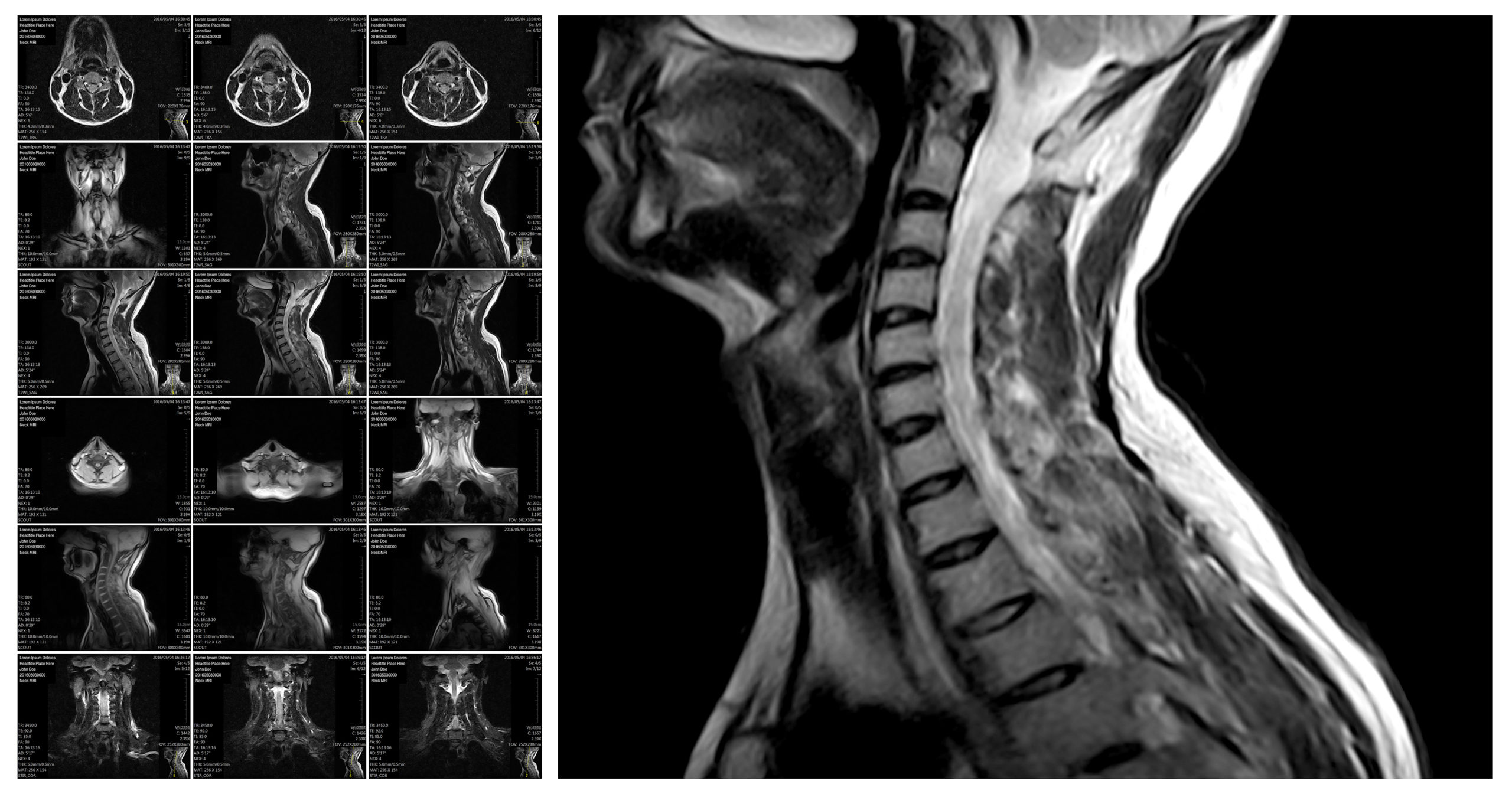
Researchers, led by Joana Reis, examined the diagnostic accuracy of magnetic resonance imaging (MRI) for detecting axillary lymph node (LN) metastasis in patients with locally advanced breast cancer undergoing neoadjuvant endocrine therapy (NET). According to their report, published in BMC Cancer, the performance of MRI was “not completely sufficient to preclude surgical axillary staging.”
The randomized controlled trial included 33 prospective patients with clinical node-positive locally advanced breast cancer who underwent NET and breast surgery. MRI exams were performed before the first treatment regimen (baseline), at least two months after the first treatment cycle but prior to crossing-over (interim), and immediately before surgery (preoperative). Nodal images were reviewed by two radiologists, and imaging and diagnostic characteristics were analyzed based on post-surgery LN status.
MRI Assessment of Lymph Node Involvement in Breast Cancer
According to the authors, all 33 patients experienced target LN reduction, with the greatest benefit seen from week eight to week 16. The team observed a positive correlation between the maximal diameter of the most suspicious LN measured by MRI and pathology during and after NET, with the highest correlation at completion of NET (r=0.6; P≤.001). However, MRI had higher mean and median differences in maximal diameter of the most suspicious LN compared to pathology, the researchers noted.
Of the 33 patients, seven exhibited normal MRI nodal status after treatment. Of these, three demonstrated no metastasis on final pathology, two demonstrated one metastasis, and two demonstrated two metastases. Notably, MRI diagnosed the three cases no-metastasis on final pathology patients as node-positive.
Additionally, the authors reported that diffusion-weighted imaging (DWI) was the only axillary node characteristic that had a significant association with pathological node status (χ2(4)=8.118; P=.072).
Despite MRI not demonstrating sufficient diagnostic performance to avoid surgical axillary staging in their analysis, the researchers felt that their findings were “worthy of consideration in a larger cohort of patients, as the importance of breast MRI in prediction of axillary response after NET has not been sufficiently investigated.”
In closing, the authors further suggested that, “as the trend towards less aggressive axillary surgery continues, a more accurate, yet encompassing role for imaging will be required in staging axillary disease.”
Find More Related Research and Interviews on the Breast Cancer Resource Center







 © 2025 Mashup Media, LLC, a Formedics Property. All Rights Reserved.
© 2025 Mashup Media, LLC, a Formedics Property. All Rights Reserved.